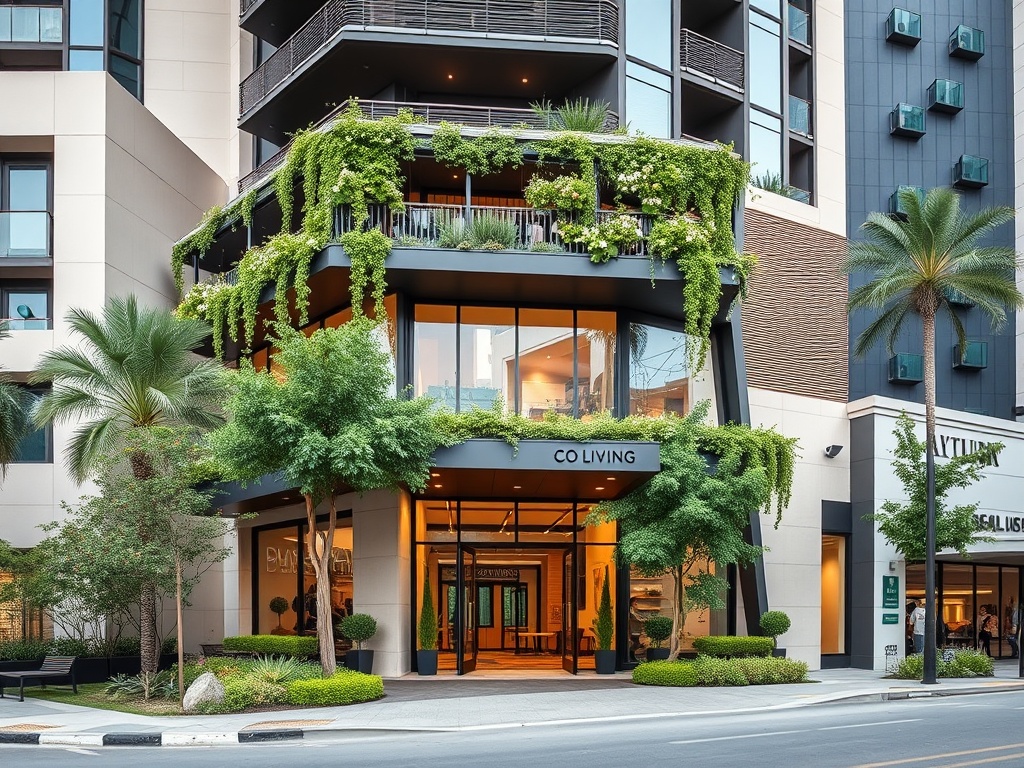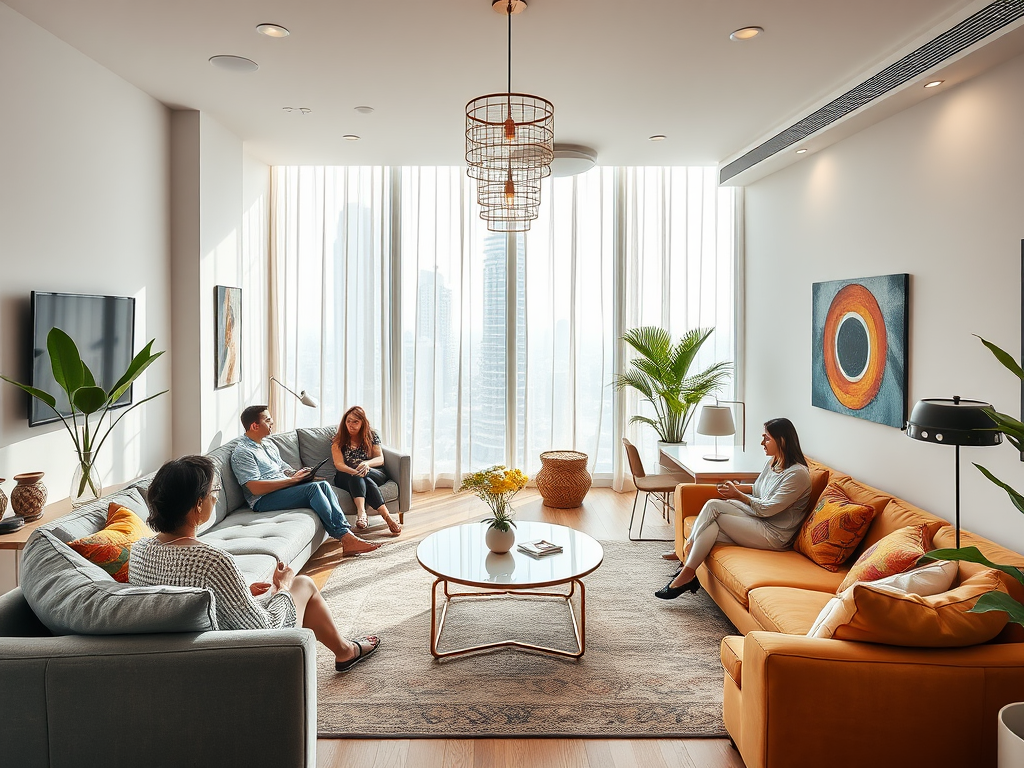The landscape of urban living is undergoing a remarkable transformation, with co-living spaces gaining traction across the globe, including in the vibrant city of Dubai. This innovative housing model caters to the modern lifestyle, emphasizing affordability, collaboration, and community. As the demand for such spaces rises, the future of co-living in Dubai seems promising, fueled by the multicultural nature of the city and the increasing need for flexibility in living arrangements. In this article, we will explore what co-living spaces are, their benefits, upcoming trends, and the role they will play in the future of urban living in Dubai.
What Are Co-Living Spaces?

Co-living spaces can be described as shared living arrangements where individuals or small groups occupy private or semi-private rooms within a larger living space. These setups often include common areas such as kitchens, living rooms, and recreational spots, fostering a sense of community. The concept appeals to single professionals, expatriates, and students looking for affordable housing solutions that encourage social interactions. The benefits of co-living extend beyond just a place to stay; they create an environment conducive to networking and collaboration.
Benefits of Co-Living Spaces in Dubai

Living in co-living spaces comes with numerous advantages, particularly in a dynamic city like Dubai. These benefits include:
- Affordability: As the cost of living in Dubai continues to rise, co-living spaces provide a more economical option for residents, especially expatriates and young professionals.
- Community Dynamics: Co-living allows residents to connect with like-minded individuals, fostering friendships, networking opportunities, and a sense of belonging.
- Flexibility: Many co-living spaces offer flexible lease terms, accommodating both short- and long-term stays, which suits the transient nature of Dubai’s population.
- Convenience: Co-living arrangements typically include utilities and amenities within the rent, simplifying the living experience and reducing the hassle for residents.
- Enhanced Lifestyle: Many co-living spaces organize events, workshops, and community activities, enriching the living experience and encouraging personal growth.
Upcoming Trends in Co-Living Spaces
The future of co-living spaces in Dubai is poised for significant transformation driven by several emerging trends:
- Increased Investment: The real estate sector is seeing increased investments in co-living projects, reflecting a shift in consumer preferences.
- Sustainability Focus: Eco-friendly designs and sustainable living practices are becoming more prominent as residents seek greener solutions.
- Technology Integration: Smart home features and technology-driven amenities will create a more connected living experience, enabling residents to manage their spaces more efficiently.
- Diverse Offerings: Developers are catering to various demographics, from creatives seeking artistic environments to tech professionals desiring modern amenities.
- Wellness-Oriented Spaces: There is a growing emphasis on wellness in co-living designs, featuring fitness facilities, meditation rooms, and healthy communal kitchens.
The Role of Co-Living in Dubai’s Urban Evolution
As cities evolve, the housing market must respond to changing demographics and lifestyles. Co-living spaces offer an innovative solution to some of these urban challenges. They provide an alternative to conventional housing, contributing to affordability and sustainability while promoting social interaction among residents. This aligns with Dubai’s vision of fostering a diverse, globally-minded population. The co-living model can help address housing shortages, enhance urban resilience, and stimulate economic growth through diversified living options.
Итог
In summary, co-living spaces in Dubai hold immense potential for the future of urban living, catering to the needs of a diverse and transient population. By providing affordable, community-oriented housing options that embrace innovation and sustainability, co-living is set to redefine the traditional understanding of residential spaces in the city. As trends evolve and consumer demands shift, co-living offers a promising path forward, enhancing the urban experience in one of the world’s most dynamic cities.
Часто задаваемые вопросы
1. What is the average cost of living in co-living spaces in Dubai?
The average cost varies depending on the location, amenities, and size of the space. Typically, prices can range from AED 2,000 to AED 5,000 per month for shared accommodations.
2. Are co-living spaces suitable for families?
While many co-living spaces are designed for single professionals or students, some developments cater to families by providing larger units and family-friendly amenities.
3. Can I stay in a co-living space long-term?
Yes, many co-living arrangements offer flexible lease terms, allowing residents to stay for both short and long durations, accommodating various needs.
4. What amenities are typically included in co-living spaces?
Amenities often include Wi-Fi, utilities, shared kitchens, lounges, recreational rooms, laundry facilities, and sometimes even fitness centers or cafes.
5. How do co-living spaces foster community?
Co-living spaces often host events, workshops, and social gatherings, allowing residents to meet, bond, and collaborate, thereby creating a strong sense of community.
